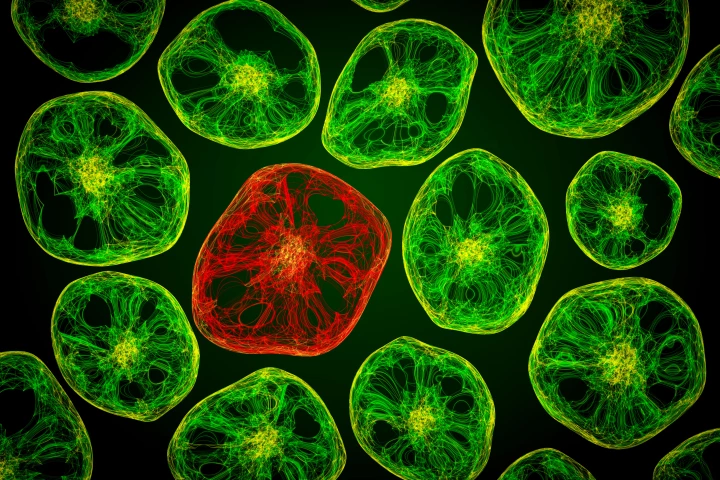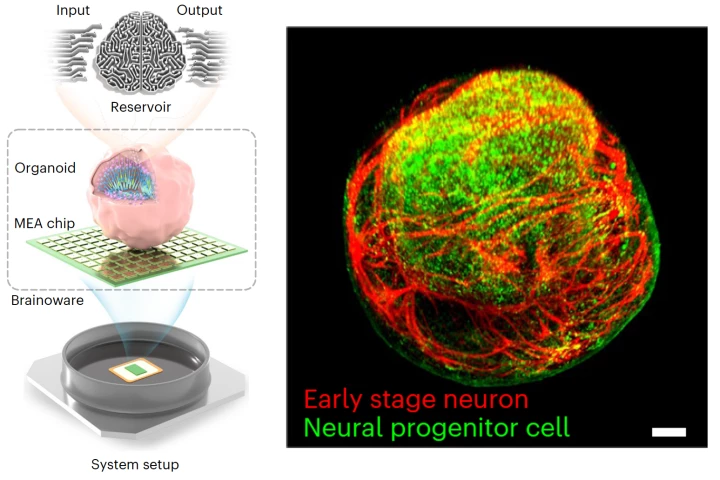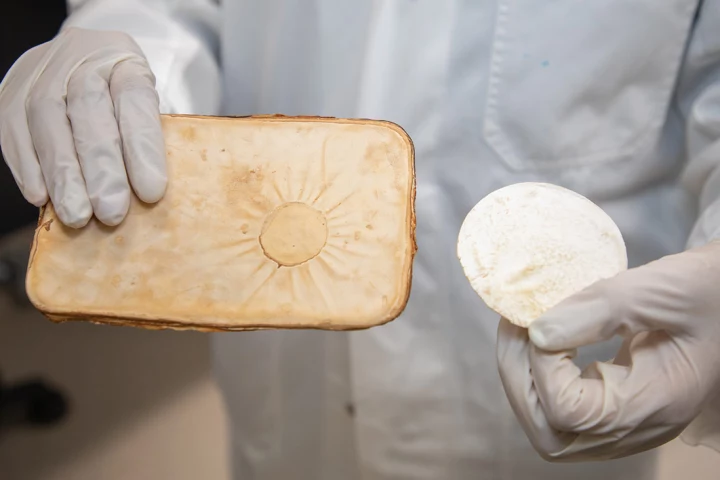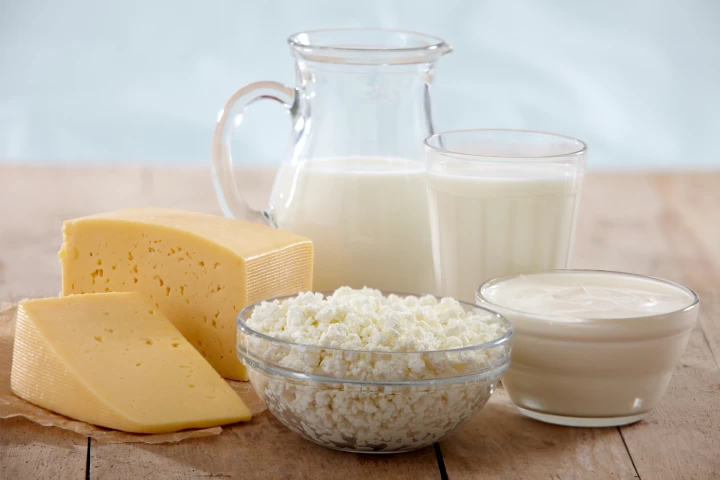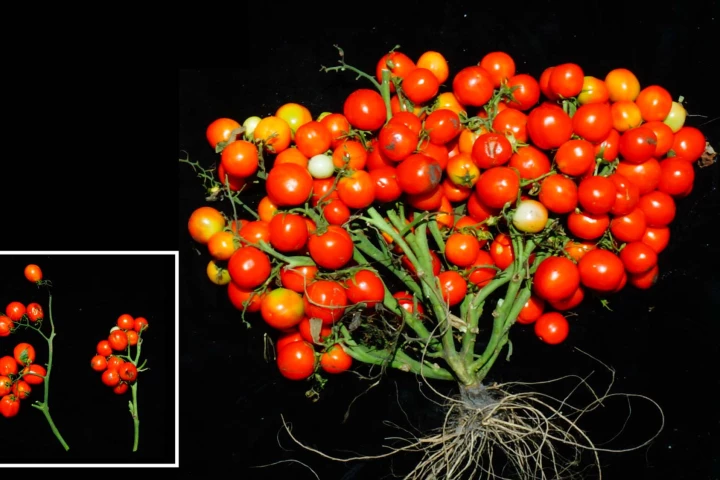Bioengineering
-
Talk about thinking small: researchers at Harvard University have devised a new way to implant flexible bioelectronic devices in the embryos of frogs, mice, and lizards, enabling them to monitor brain activity as these creatures develop.
-
This may be about as wildly entertaining, disruptive and philosophically profound as legitimate scientific research gets. Michael Levin's work in cellular intelligence, bioelectrical communication and embodied minds "is going to overturn everything."
-
We’re edging closer to seeing a live mammoth for the first time. Colossal Biosciences, a company dedicated to the controversial-but-unquestionably-cool goal of resurrecting extinct species, has made a breakthrough in creating elephant stem cells.
-
Scientists have developed a synthetic pathway that can capture CO2 from the air more efficiently than in nature, and shown how to implement it into living bacteria. The technique could help make biofuels and other products in a sustainable way.
-
Scientists have grown a tiny brain-like organoid out of human stem cells, hooked it up to a computer, and demonstrated its potential as a kind of organic machine learning chip, showing it can quickly pick up speech recognition and math predictions.
-
There's no doubt that a lot of people would say, perhaps a little hyperbolically, that rock and roll saved their lives. Now, new research has shown that the music just might be able to serve as a literal life saver for diabetics.
-
The communications and nutrients support system of fungi, mycelium, can stretch hundreds of miles beneath our feet. Now, researchers have harnessed another of its bio-superpowers to engineer a sustainable, safe and effective fire-retardant material.
-
While bioengineered skin holds promise for people such as burn victims, the material has so far only been produced in flat sheets. Now, scientists have devised a method of growing it in 3D forms, which could be slipped onto the body like clothing.
-
It may sound like the start of a Frankenstein story, but scientists from New York University (NYU) and the University of Chicago have developed artificial cells made of non-biological matter that mimic the basic functions of living ones.
-
When a child receives a replacement heart valve, the device doesn't grow along with them. This means it will have to be surgically replaced, multiple times. Such may not be the case, however, with a new valve that's currently in development.
-
An Israel-based startup is developing a laboratory method for producing milk without a cow or any other even-toed ungulate. Imagindairy is looking at ways to use bioengineered yeast cells to produce milk proteins for milk and cheese products.
-
A team of scientists, led by Cold Spring Harbor Laboratory Professor and HHMI Investigator Zach Lippman, has come up with a genetically-engineered tomato plant that is more a bush than a vine, with fruits that grow like a bunch of grapes.
Load More

